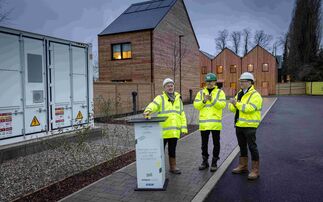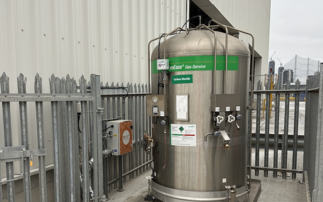Dr Craig Jones of Sustain argues addressing embodied carbon is as important as cutting operational emissions
It has been a long and painful process to get the importance of embodied carbon onto the government's agenda. The publication of the Low Carbon Action Plan this year marked a milestone in this process....
To continue reading this article...
Join BusinessGreen
In just a few clicks you can start your free BusinessGreen Lite membership for 12 months, providing you access to:
- Three complimentary articles per month covering the latest real-time news, analysis, and opinion from Europe’s leading source of information on the Green economy and business
- Receive important and breaking news stories via our daily news alert
- Our weekly newsletter with the best of the week’s green business news and analysis






